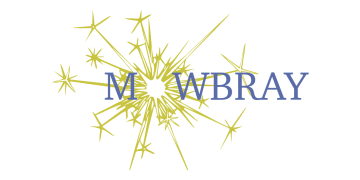Publisher
SAGE
ISBN 10
1529600731
Published
2 Oct 2023
Imagine standing at the edge of a vast puzzle. Scattered in front of you are fragments of the complex jigsaw that is primary education. This is the daunting reality that faces many primary educators, and what Seamus Gibbons and Emma Lennard offer here is that all-important big picture to help us place each piece in its rightful spot.
Sequencing the primary curriculum took me back to my early days as a teacher, searching for clarity in this vast landscape. I wish I’d had access to this kind of resource, which provides precise and definitive answers to many of our sector’s most pressing questions about the curriculum. Why should we sequence it? What benefits does it offer for children’s learning? How do we execute it effectively?
Each subject area in Sequencing the primary curriculum is detailed with remarkable thoroughness, and each is presented as part of a holistic vision. From history to maths, Gibbons and Lennard provide a breadth of information that spans the entirety of the primary curriculum.
The structure of the chapters is particularly noteworthy. Each starts by highlighting the importance of the subject, setting the stage and context for what follows. This is followed by an exploration of subject-specific methods of sequencing, offering a logical pathway to structure teaching and learning.
But the book doesn’t stop at theory; it also provides plenty of practical applications, ensuring that educators can directly implement what they learn. More than that, there are also progress indicators to gauge the effectiveness of the imparted strategies for each area.
One criticism that could be levelled at the book is that the recurring emphasis on the importance of teachers’ subject knowledge is somewhat overdone. For my part, I think it’s particularly relevant to the book’s intended audience. For early-career teachers who are still finding their footing, such reminders are not just helpful but essential. Not only is deep subject knowledge a cornerstone of effective teaching, but it also serves as a reminder that not all solutions can be found in a guide of this nature – no matter how comprehensive.
For early-career teachers, it is without doubt an essential read
I found the early years section a particular highlight. It delves into the foundational years of a child’s academic journey and shines a spotlight on the pivotal importance of this formative stage. This is invaluable for early-career teachers who may not be directly involved in teaching reception classes, ensuring that will appreciate how the knowledge and skills acquired then set the trajectory for subsequent learning.
However, it’s worth noting that while the early years sections provide an overarching understanding, there’s a slight variance in depth across different subjects. Some topics delve deeper, painting a more detailed picture than others. But even with these variations, the overarching acknowledgement of each subject’s role in the early years is commendable, underscoring the significance of early education but also crucially align it with the overall project of sequencing primary teaching and learning.
The book is mainly targeted at early-career teachers, and for that readership it is without doubt an essential read. Seasoned educators and those exploring curriculum design from the position of whole-school leadership are likely to find some parts basic. Nevertheless, its comprehensive nature can serve as a good refresher.
Indeed, one of the stand-out features is the inclusion of reflective questions at the end of each chapter that not only aid comprehension but also spur introspection. Having experience with trainee programmes, I can vouch for its potential utility for newcomers as well as those tasked with mentoring them.
Sequencing the primary curriculum offers clarity in the complex realm of primary education. For newcomers, it’s a guiding light. For experienced educators, it’s a resourceful handbook. It does a great job of encapsulating the essential insights of the primary curriculum, and with justified and widespread concern about how overcrowded it is, that is no mean feat.












Your thoughts